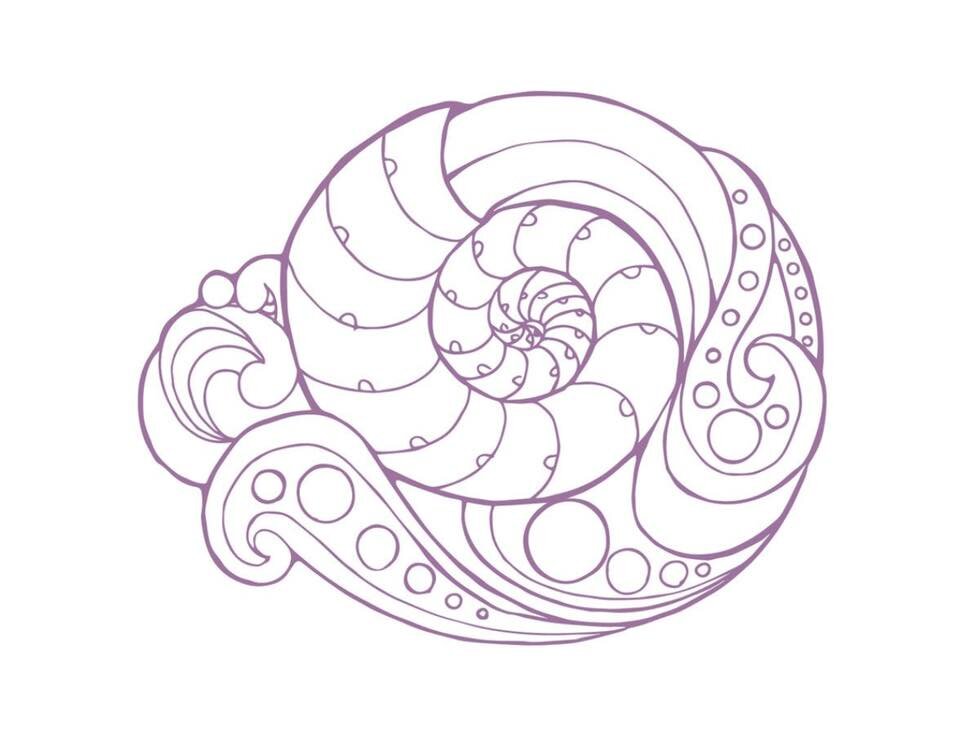Labyrinths
Enriching Rituals
Could you use a moment of peace and reflection?
Whether you’d like a guided walking experience or to construct one together, labyrinths are enriching rituals.
Walking a labyrinth centers me.
I reflect on how I’m showing up in the world. I hone my understanding of balance. I find solace, connection, and creativity along the way.
Labyrinths differ from mazes. A maze is multicursal, full of dead ends and choices. A labyrinth is unicursal, meaning there is only one way in and one way out. I might feel like I’ve been lost, but I’ve been on the right path the entire time…an experience I find to be a beautiful metaphor for life.
Esoterically speaking, the labyrinth is the solution to the maze, which explains why the words are often used interchangeably.
Labyrinths can be pretty designs, detours, meditations, or quests.
Global variations of unicursal paths date back to Neolithic times, each with rich cultural significance and ritual.
I have begun to design and build my own patterns, like these, inspired by my personal processing of emotions and experiences.
Walking a Labyrinth
Each encounter with a labyrinth is supremely personal. They invite inspiration, connection, play, introspection, release, and so much more. Even a David Bowie dance party!
To walk a labyrinth, simply place one foot in front of the other, and the path you follow will take care of the rest. For a more intentional experience, become the listener and not the thinker of your own thoughts with four Rs, adapted from Veriditas, that align to preparing, beginning, pausing, and exiting a labyrinth.
Just place one foot in front of the other…
Reflect – remember, relive, walk a problem, a history, a dream; play the record backward
Release – stress, grief, shadow, anxiety, anger, what holds you back; breathe into what’s stuck, frozen, and afraid
Receive – explore any thoughts or images that emerge, witness, meditate, observe
Return – resolve, reclaim, rejuvenate, reflect, reconcile, rejoin
Which emotion would you like to walk?
I designed 87 different labyrinths, one for each of the emotions and experiences in Brené Brown’s book Atlas of the Heart.
To the left is Tranquility, but maybe you feel more pulled to Heal Anguish or Spiral Beyond Shame…
A walking meditation is an ideal container for processing emotions.
Temporary Labyrinths
How would access to a Hawaiian labyrinth enrich your life’s journey?
We have become caretakers of the ‘Awapuhi Labyrinth, a huge 11-circuit Medieval pattern crafted from living bromeliads, about 30 minutes south of Hilo on the Big Island of Hawaii.
Learn more
Are you are interested in marking a special occasion or milestone? In a temporary installation or consulting toward a more permanent installation?













